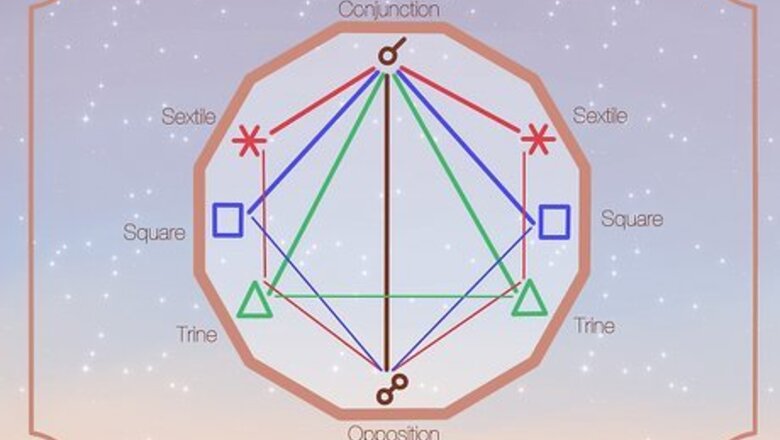
views
What is an aspect in astrology?
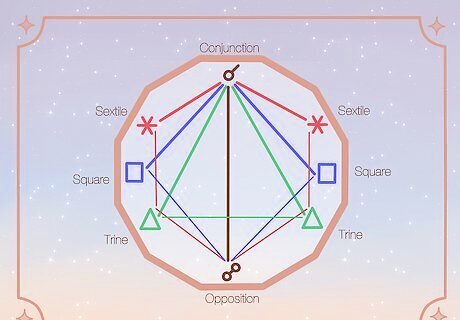
An aspect is the degree of distance between planets. They also influence your chart in different ways. Hard aspects are thought to be challenging while soft or easy aspects are beneficial. These are the 5 major aspects in astrology: Conjunction: when there's 0° between 2 planets. Sextile: when there's 60° between 2 planets. Square: when there's 90° between 2 planets. Trine: when there's 120° between 2 planets. Opposition: when there's 180° between 2 planets. Love astrology? Take this quiz to discover your soulmate's sign.
How do I find aspects in my birth chart?

Read the "aspect" column in the chart or look for planet symbols on the graph. Most birth charts break down the information in an easy-to-read table, so you can easily read through a list of the aspects in your personal birth chart. If you prefer to look at the graph, find the planet symbols and measure the distance in degrees between them. For instance, if you see that Mercury and Jupiter form a 90° angle, this makes a square aspect. To make your birth chart, do a web search for a "free birth chart calculator" and enter your birthday, time of birth, and location. The calculator automatically generates your chart.
What does each aspect mean?
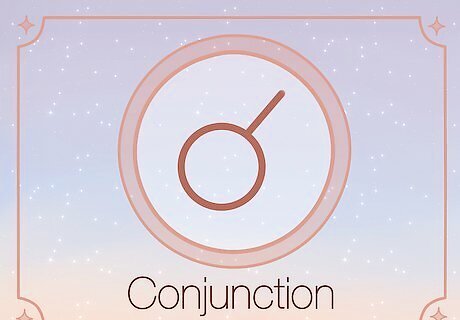
A conjunction is a unifying aspect that merges the planets' influence. It can also bring intense energy to the house that has the conjunction. Astrologers argue that this is the strongest aspect since it intensifies the properties of the 2 planets. For instance, if Mars and Mercury are in conjunction, the communication skills of Mercury combine with the outgoing or aggressive nature of Mars. This means you'll probably be a skilled debater and you use your energy to effectively express yourself. Conjunctions can also form when planets are up to 6° apart.
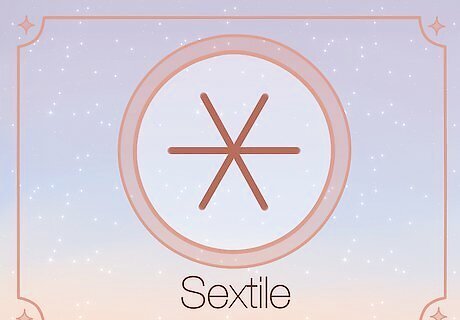
A sextile is a supportive aspect that signals comfort or happiness. Since it's a soft aspect, it doesn't bring a lot of energy or influence. However, having a sextile in your chart can make it easier to work through conflict. For instance, if you have a sextile Venus and Neptune, your unique and romantic personality will help you have an open, positive outlook toward life. Again, there can be a 6° deviation, so planets that are anywhere from 54°to 66° apart also count as a sextile.
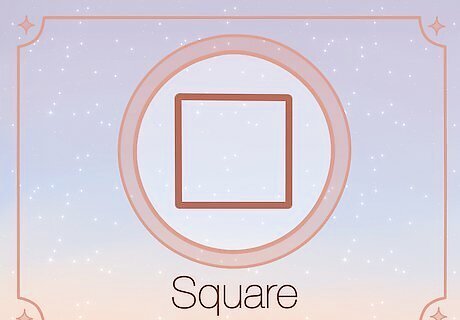
A square signals a struggle or confusion in your chart. This hard aspect means that the 2 planets are separated by 3 zodiac signs. Think of squares as a tug-of-war in your chart—the planets are fighting to assert their power. Although these seem tricky, having a square can push you to action which can be a good thing! For example, if Mars squares Saturn, you might feel angry or criticized because Saturn is blocking you. If you can work through your frustration, you can come out stronger though. There can also be a 6° deviation between the planets, so 2 planets between 84° and 96° is a square.
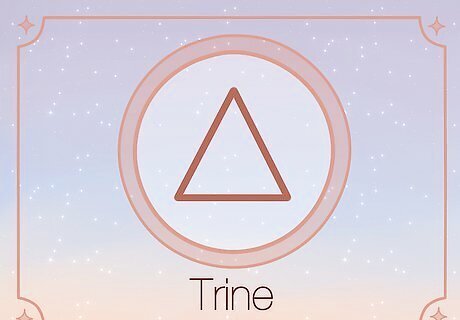
A trine brings a positive influence to your chart. The idea with this soft aspect is that energy flows easily between the 2 planets. Astrologers note that a trine can indicate laziness since you don't have to work hard to make things happen while others argue that it simply means there's natural power in your chart. For instance, if you have Leo and Aries which are both fire signs, they'll be harmonious. You'll probably find that it's easy for you to meet goals. There can also be a 6° deviation between the planets, so 2 planets between 114° and 126° is a square.
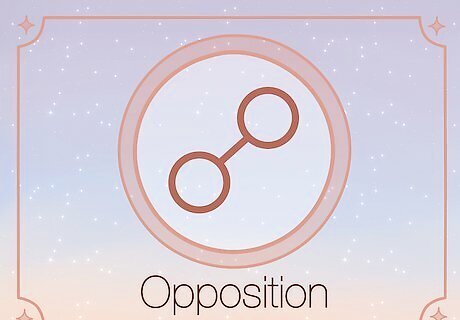
An opposition is a neutral aspect since it can cause tension or create room for growth. Oppositions are just like they sound—planets that are directly opposite each other on your chart. Although it's a hard aspect, it's a little more complicated. While oppositions can cause conflict, if you can find a balance between them, you'll have motivation to change. For example, if you have Mercury and the Moon in opposition, you may feel a struggle between your mind and your emotions. If you can connect your feelings with your rational mind to make decisions, you'll feel much better. Again, there can be a 6° deviation between planets, so 2 planets between 174° and 186° make an opposition.




















Comments
0 comment